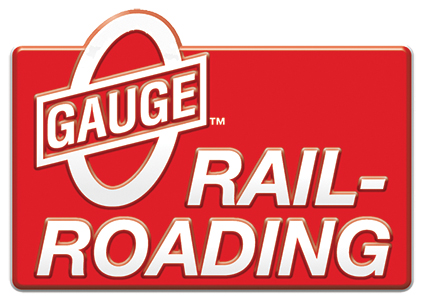Working on my new RI E7. Was there any rhyme or reason for a RR's decision to go with or without the front coupler? Dedicated to passenger service, mixed use? I have seen some pics going both way. Thanks
Replies sorted oldest to newest
wb47 posted:Working on my new RI E7. Was there any rhyme or reason for a RR's decision to go with or without the front coupler?
Don't know what you are referring to but, by ICC/FRA law, ALL locomotives MUST have a front coupler!
Dedicated to passenger service, mixed use?
Again, by law, ALL locomotives MUST have a front coupler!
I have seen some pics going both way. Thanks
No, what you have seen are diesels with a sliding cover OVER the front coupler, usually back in the 1930s/1940s. Eventually, most railroads eliminated the sliding covers over the front couplers, or those locomotives with the "retractable" coupler/draft-gear arrangement, had the retractable assembly fully extended and locked in place, so they didn't have to fool with it anymore.
They had front couplers. They were a necessity for moving them about when not under power.
Early "E" units had front couplers that swiveled and could be hidden behind the pilot shroud. There also was a fairing that was moved into place to cover the coupler's location. Admittedly, the long, sloped noses of early "E" units could present some problems if trying to couple them nose-to-nose, so that was generally avoided in service.
Later "E" units had a pair of extended door shrouds on the pilot which enclosed the front coupler. In later use, they were often removed and not replaced, being just anther exposed, movable part with chances of becoming misaligned or damaged thereby causing delays in service.
Front couplers were at first hidden for styling looks, as well as a safety precaution with high speed running. An exposed coupler could snag on what ever was struck in a collision. It could possibly allow that object or its parts to go under the locomotive and cause even greater damage if it derailed and rolled over. Covering a front coupler with a shroud would perhaps better allow a struck object to be pushed to one side. Streamlined steam locos had their front couplers hidden for the same reasons.
S. Islander
Thanks for the replies, so much to learn, so little time.
S. Islander posted:Later "E" units had a pair of extended door shrouds on the pilot which enclosed the front coupler. In later use, they were often removed and not replaced, being just anther exposed, movable part with chances of becoming misaligned or damaged thereby causing delays in service.
Front couplers were at first hidden for styling looks, as well as a safety precaution with high speed running. An exposed coupler could snag on what ever was struck in a collision. It could possibly allow that object or its parts to go under the locomotive and cause even greater damage if it derailed and rolled over. Covering a front coupler with a shroud would perhaps better allow a struck object to be pushed to one side. Streamlined steam locos had their front couplers hidden for the same reasons.
S. Islander
Here's an example as modeled on my S Scale E8's:
Rusty




